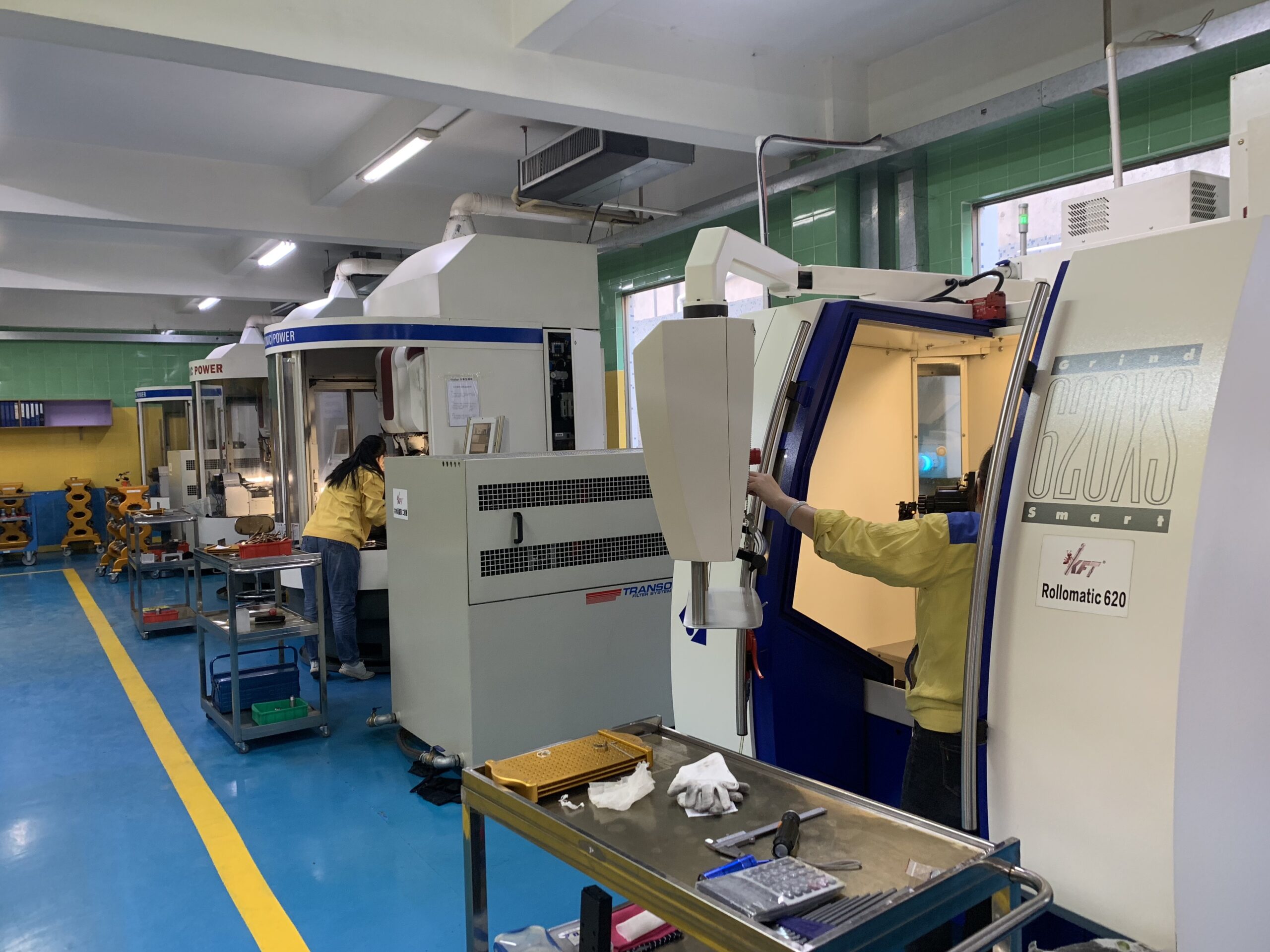Introduction
-
-
-
- Overview of the importance of minimizing radial runout
- Brief explanation of radial runout
-
-
Understanding Radial Runout
-
-
-
- Definition and impact on machining quality and tool life
- Contributing factors to radial runout
-
-
Strategies for Minimizing Radial Runout
-
-
-
- Importance of tool sharpness
- The role of tool strength in reducing runout
- Significance of surface smoothness on tools
- Cleaning protocols for spindle taper and chuck
- Optimizing feed rate for precision
- The advantages of climb milling in finishing
- The effectiveness of cutting fluids
-
-
Detailed Steps to Reduce Radial Runout
-
- Use Sharp Tools
- Benefits of sharp tools in precision machining
- Choose Strong Tools
- How tool strength and diameter affect runout
- Smooth Front Tool Surface
- Impact of surface smoothness on cutting efficiency
- Clean Spindle Taper and Chuck
- Maintenance tips for reducing runout
- Optimize Feed Rate
- Finding the right balance in feed rate
- Use Climb Milling for Finishing
- When to use climb milling to minimize runout
- Use Cutting Fluids Effectively
- Choosing and using cutting fluids for optimal performance
- Use Sharp Tools
Conclusion
-
- Summary of steps to minimize radial runout
- Encouragement to apply these practices for better machining outcomes
FAQs
-
- Common questions about radial runout and their answers
Minimizing Radial Runout in Milling Machine Tools: A Guide to Enhanced Precision and Tool Longevity
In the precision-driven realm of machining, the phenomenon known as radial runout presents a formidable challenge, directly impacting the quality of your work and the longevity of your milling machine tools. This blog post delves into the essence of radial runout, outlining seven actionable strategies to mitigate this prevalent issue, thereby paving the way for enhanced machining precision and efficiency.
Understanding Radial Runout
Radial runout occurs when there’s a deviation of the tool’s cutting edge from its ideal rotational axis, leading to uneven cuts and diminished tool life. This discrepancy can stem from various sources, including spindle imperfections, inconsistencies in tooling, and flawed machining processes. Recognizing the underlying causes of radial runout is the first step towards devising effective countermeasures.
Strategies for Minimizing Radial Runout
- Use Sharp Tools: Sharp tools exert less cutting force and vibration, which are critical for precision tasks. Opting for tools with larger front angles can significantly enhance sharpness and, consequently, machining accuracy.
- Choose Strong Tools: Enhancing the diameter of your tool shank can drastically reduce radial runout. A mere 20% increase in diameter may result in a 50% reduction in runout, highlighting the importance of tool strength and stability.
- Smooth Front Tool Surface: A tool with a smooth front surface encounters less friction against the material, which not only diminishes the cutting force but also minimizes radial runout.
- Clean Spindle Taper and Chuck: Regular maintenance and cleaning of the spindle taper and chuck are crucial for preventing the debris accumulation that often leads to runout.
- Optimize Feed Rate: An optimal feed rate is key to balancing machining efficiency and precision. Too low of a rate can cause tool slippage, while too high of a rate may increase cutting force and the likelihood of radial runout.
- Use Climb Milling for Finishing: Climb milling ensures a more stable cutting process, making it preferable for finishing operations to minimize runout. However, conventional milling might be more suitable for roughing due to its efficiency.
- Use Cutting Fluids Effectively: Properly selected and utilized cutting fluids can significantly lower cutting forces, thereby reducing radial runout. Fluids with lubricating properties are particularly effective.
Conclusion
Achieving precision in machining and extending the life of milling machine tools requires a proactive approach to minimizing radial runout. By implementing the seven practical steps outlined in this guide, machinists and manufacturing professionals can significantly enhance the quality of their work and the durability of their tools. Remember, the key to success lies in understanding the causes of radial runout and systematically addressing them through informed tool selection, diligent maintenance, and optimized machining practices.
FAQs
- What is radial runout and why is it important?
- How does tool sharpness affect radial runout?
- Why is tool strength crucial in minimizing runout?
- How can cleaning the spindle taper and chuck reduce runout?
- What is the optimal feed rate to minimize radial runout?
- When should I use climb milling to reduce runout?
- How do cutting fluids help in reducing radial runout?
Conclusion
Radial runout in milling machine tools can significantly hinder achieving the desired precision and efficiency in machining operations. By following the outlined steps, you can effectively combat radial runout, ensuring smoother operations and prolonged tool life. Embrace these practices to elevate your machining projects to new heights of accuracy and performance.


